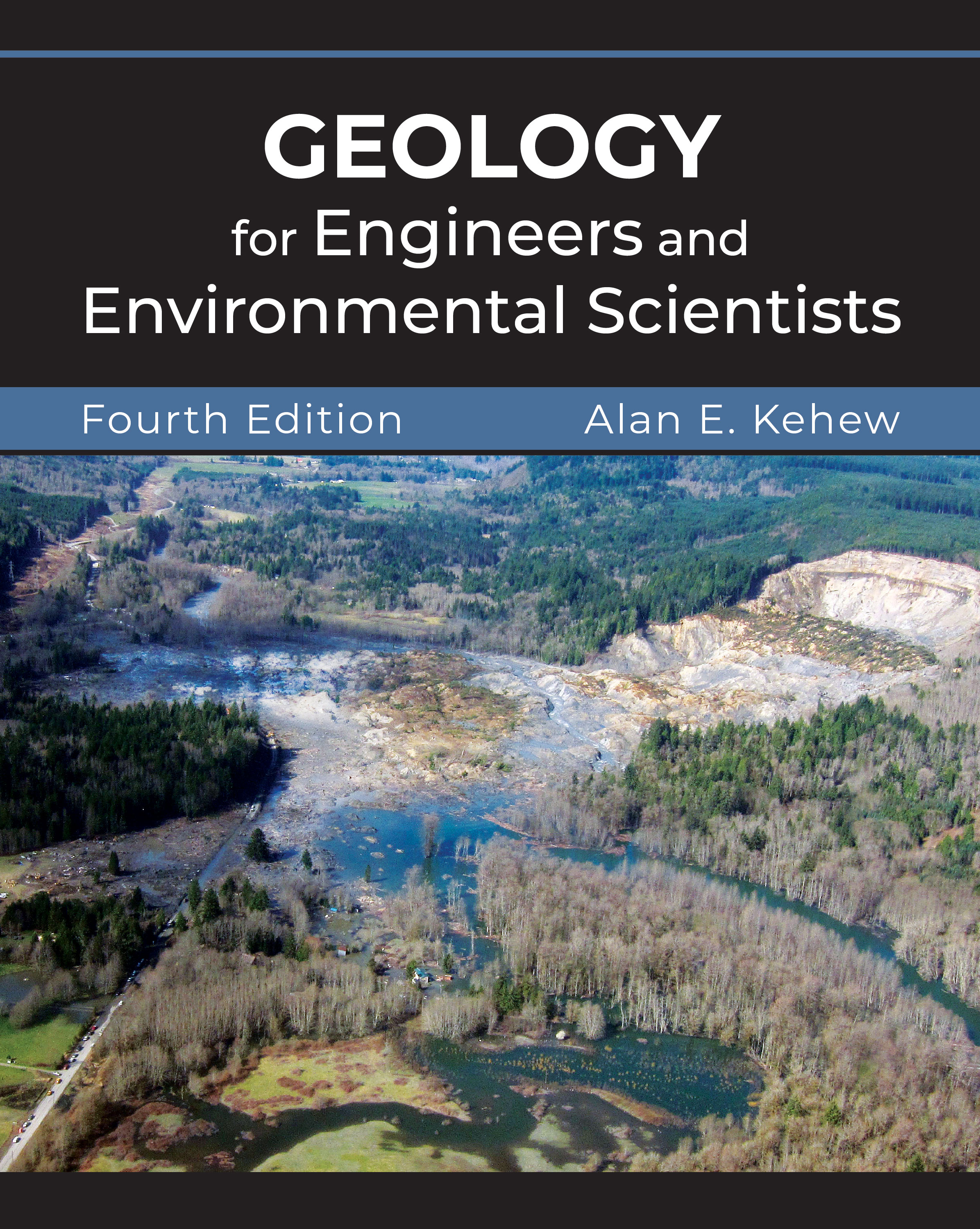1. Introduction
Challenges of the Twenty-First Century / Application of Geology to Engineering and Environmental Science: Meeting the Challenges
2. The Earth and Its Systems
The Third Rock from the Sun / Plate Tectonics / Earth Surface Systems / Geologic Time
3. Minerals
The Nature of Minerals / Physical Properties / Mineral Groups / Use and Misuse of Minerals
4. Igneous Rocks and Processes
Volcanism / Volcanic Hazards / Intrusive Processes / Properties of Igneous Rocks / Engineering in Igneous Rocks
5. Sedimentary Rocks and Processes
Origin of Sedimentary Rocks / Characteristics of Sedimentary Rocks / Sedimentary Basins and Fossil Fuel Energy Resources / Engineering in Sedimentary Rocks
6. Metamorphic Rocks and Processes
Metamorphic Processes / Characteristics and Types of Metamorphic Rocks / Engineering in Metamorphic Rock Terrains
7. Mechanics of Rock Materials
General Types of Earth Materials / Stress, Strain, and Deformational Characteristics / Engineering Classification of Rock and Rock Masses
8. Structural Deformation of the Earth's Crust and Earthquakes
Geologic Structures / Geologic Maps and Cross Sections / Earthquakes
9. Weathering and Erosion
Mechanical Weathering / Chemical Weathering / Stability / Weathering and Landforms / Rock Weathering and Engineering / Erosion
10. Soils, Soil Hazards, and Land Subsidence
The Soil Profile / Soil-Forming Factors / Pedogenic Soil Classification / Engineering Properties of Soil / Soil Hazards / Land Subsidence
11. Groundwater
Groundwater Flow / Groundwater Resources / Geologic Setting of Aquifers / Groundwater Quality / Groundwater and Construction
12. Subsurface Contamination and Remediation
Sources of Subsurface Contamination / Environmental Regulations / Subsurface Fate and Transport of Contaminants / Gases and Vapor Intrusion / Emerging Contaminants / Subsurface Contamination of Karst Aquifers / Remediation
13. Mass Movement and Slope Stability
Types of Slope Movements / Causes of Slope Movements / Slope Stability Analysis and Design
14. Rivers
River Basin Hydrology and Morphology / Stream Hydraulics / Stream Sediment / Depositional Processes / Equilibrium in River Systems / Flooding
15. Oceans and Coasts
The Ocean Basins / Continental Margins / Shorelines / Coastal Management
16. Glaciers, Permafrost, and Deserts
Glaciers / Types of Glaciers / Engineering in Glaciated Regions / Permafrost and Related Conditions / Arid Regions and Deserts

745 pages, $107.95 list
1-4786-3765-X
978-1-4786-3765-3
© 2022
paperback
Instructor's resource materials available here
To obtain a username and password to access these materials, contact comps@waveland.com.
To obtain a username and password to access these materials, contact comps@waveland.com.
eBook availability
Geology for Engineers and Environmental Scientists
Fourth Edition
The fourth edition of Geology for Engineers and Environmental Scientists provides students with a basic foundation in the principles of geology, along with an illustration of how engineers must design and build their projects with natural geologic materials and protect them from potentially hazardous geologic processes. Kehew introduces engineering topics including soil and rock mechanics with a quantitative approach that will give students a head start in more advanced engineering courses.
The book is prefaced with a discussion of engineering and environmental challenges that our society must face in the current century, such as population growth, scarcity of water and mineral resources, transition to renewable energy, and effects of climate change. Numerous examples of engineering and environmental applications ranging from short descriptions to extensive case histories, such as the “Big Dig” in Boston to the effects of Hurricane Katrina and reconstruction afterward, are included in every chapter. A full chapter is devoted to subsurface contamination and cleanup technologies. For the first time, a large color insert will highlight geological features in the field.
The book is prefaced with a discussion of engineering and environmental challenges that our society must face in the current century, such as population growth, scarcity of water and mineral resources, transition to renewable energy, and effects of climate change. Numerous examples of engineering and environmental applications ranging from short descriptions to extensive case histories, such as the “Big Dig” in Boston to the effects of Hurricane Katrina and reconstruction afterward, are included in every chapter. A full chapter is devoted to subsurface contamination and cleanup technologies. For the first time, a large color insert will highlight geological features in the field.